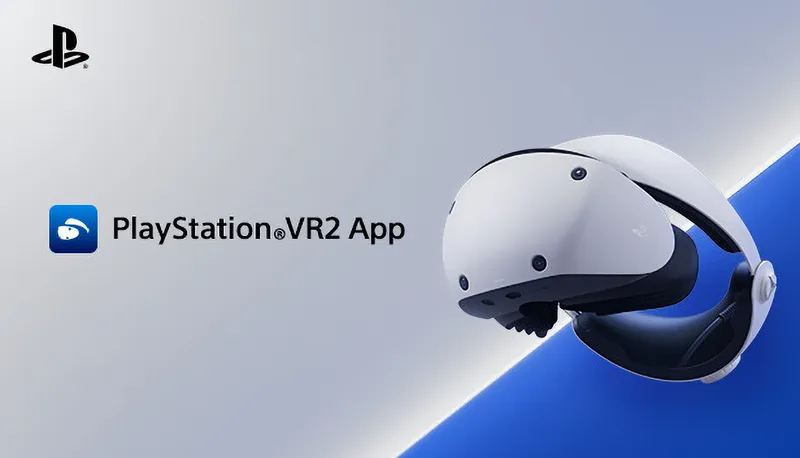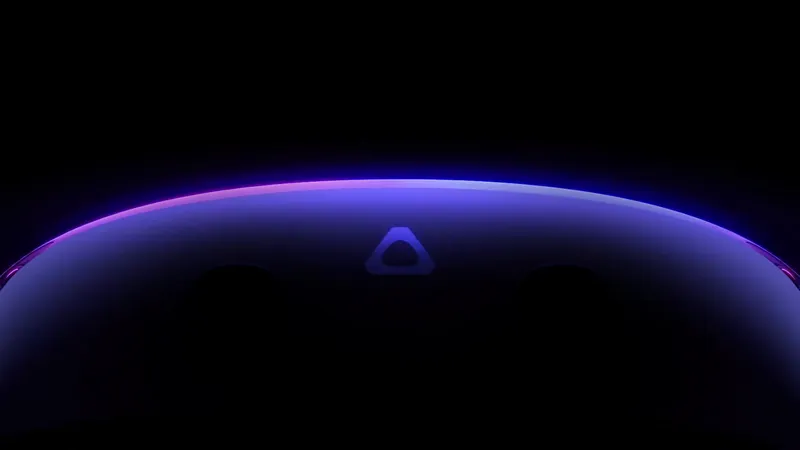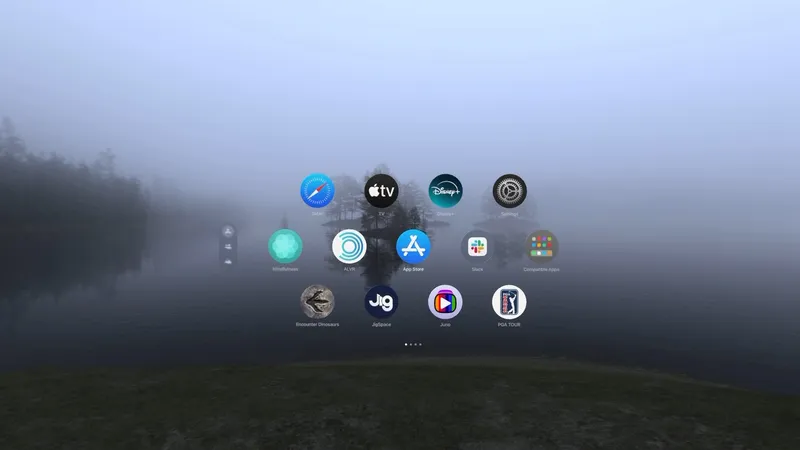PlayStation VR2 ships today. Here’s our technical analysis of it as VR hardware.
PSVR 2 offers major upgrades over the original 2016 product. PSVR 1 required an array of cables connected to a breakout box and a PlayStation Camera, while PSVR 2 connects via a single USB-C cable and has onboard cameras for inside-out tracking. It also features significantly higher resolution HDR displays, wider field of view lenses, eye tracking, head vibration, and ergonomic controllers with thumbsticks & high-fidelity haptics.
| PlayStation VR | PlayStation VR2 | |
| Released | October 2016 | February 2023 |
| Compatible Consoles | PS4 / PS4 Pro / PS5* | PS5 |
| Connection | HDMI + USB + AC Power | USB-C |
| Lens Type | Aspheric | Fresnel |
| Field of View | 100° | 110° |
| Screen Type | OLED | HDR OLED |
| Pixels Per Eye | 960×1080 | 2000×2040 |
| Subpixels Per Pixel | 3 | 2 |
| Max Refresh Rate | 120 Hz | 120 Hz |
| Lens Separation Adjustment | 𐄂 | ✓ |
| Positional Tracking | Camera Bar Required | Built-In Inside-Out |
| Passthrough | 𐄂 | Black & White |
| Eye Tracking | 𐄂 | ✓ |
| Headset Rumble | 𐄂 | ✓ |
| Controller Thumbsticks | 𐄂 | ✓ |
| Controller Haptics | Low Fidelity | High Fidelity |
| Weight | 600g | 560g |
You should read our full holistic review of PSVR 2 if you want help deciding whether you should actually buy the product. This article is specifically looking at the hardware and technology behind it, including comparisons to PC VR and standalone VR headsets, divorced from the pricing and value proposition.
HDR OLED Panels
PSVR 2 is the only released VR headset with OLED panels since the 2018 Samsung Odyssey+. While the original Oculus Rift and HTC Vive (and even the original Quest) used OLED, LCD has almost entirely taken over the VR market since then.
Why did that happen? In some ways it’s a matter of cost. Those early modern VR headsets rode the wave of increasing OLED smartphone panel pixel densities, but phone resolution plateaued at around 1440p, as the incredibly minor advantage of 4K there didn’t justify the added power consumption. For VR resolution to improve headset makers had to acquire custom panels. Setting up a production line for LCD is much cheaper than for OLED, and thus LCD display makers could offer custom high pixel density panels for newer VR headsets, as seen when HP delivered the 2K per-eye Reverb in 2019. This is probably a major reason for PSVR 2’s surprising price.
OLED panels have a major advantage though. LCD pixels require backlighting, while OLED pixels are self-emissive. OLED pixels can completely turn off, whereas an LCD needs to keep the backlights to illuminate other pixels. That’s why OLED can display true black and deliver a near-infinite contrast ratio.
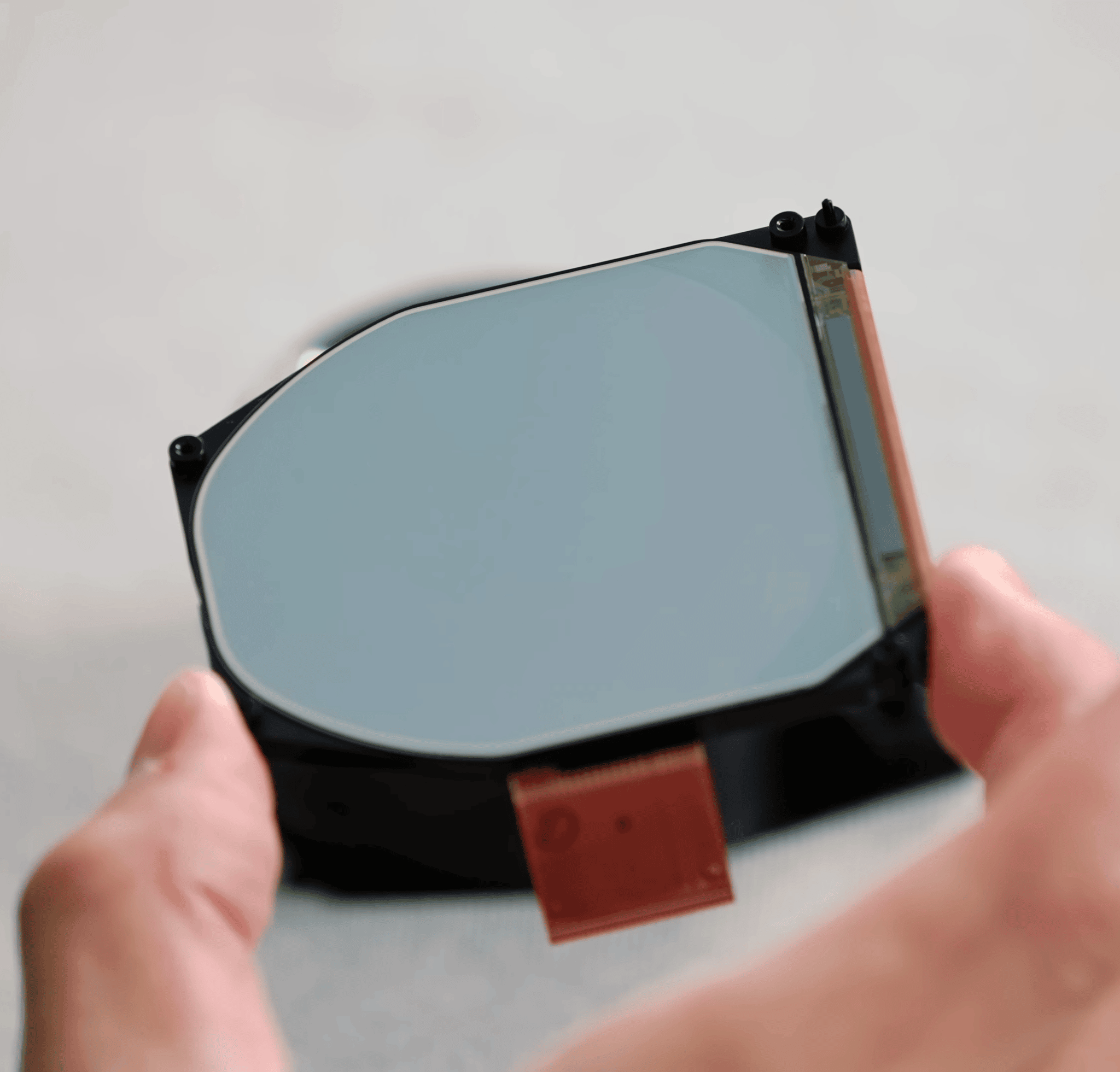
If you’ve only used LCD headsets, this will be immediately apparent when you first put on PSVR 2. Gone are the murky greys approximating black – virtual darkness actually now looks like darkness, and thus virtual nighttime actually looks like nighttime.
The colors are also significantly more vibrant and intense, lacking the washed-out feeling of most LCD headsets. Combined with the high dynamic range (HDR) capability, the contrast and colors on PSVR 2 are nothing short of stunning.
There are some disadvantages of OLED that affect clarity in VR though.
The first is that OLED tends to have more space between subpixels. This usually results in a more visible “screen door effect”, but that’s not the case here. Sony appears to be using some kind of diffusion filter to avoid that. The tradeoff of such a filter is that the image looks somewhat soft, not entirely crisp, so PSVR 2’s image appears slightly less sharp than even LCD headsets with lower resolution – though not less detailed.
The second, more problematic issue is that there is a non-uniform fixed pattern noise over the entire screen, called mura. It’s incredibly noticeable and distracting in loading and transition scenes, or when looking at a skybox or other low detail region. It’s not as noticeable in typical gameplay, but it’s still definitely there.
Resolution-wise, Sony’s marketing calls the headset “4K”, but it’s really dual 2K panels, providing 2K per eye. Don’t expect this to look anything like a 4K TV.
Lenses & Field of View
PSVR 2 may be the last major headset to release with fresnel lenses, arriving at a time when all the other big players are moving to pancake. Pancake lenses have a shorter optical path and thus use smaller panels to enable slimmer and lighter headsets, while also offering significantly improved clarity and a wider sweet spot. However, they are significantly less optically efficient, requiring much brighter panels to achieve the same viewed brightness.
Sony’s fresnel lenses are a mixed bag. They have a remarkably small sweet spot, meaning you have to position your eyes almost perfectly in the center to get a clear image. Outside of this small area, you’ll see both blurring and color fringing (chromatic aberration). When you do manage to get your eyes into this sweet spot, the image is clear and focused to near the edges of the lens (though not all the way to it). Provided you’re in the sweet spot, it’s the best clarity I’ve seen from a fresnel lens – but still a noticeable step down from pancake lenses.
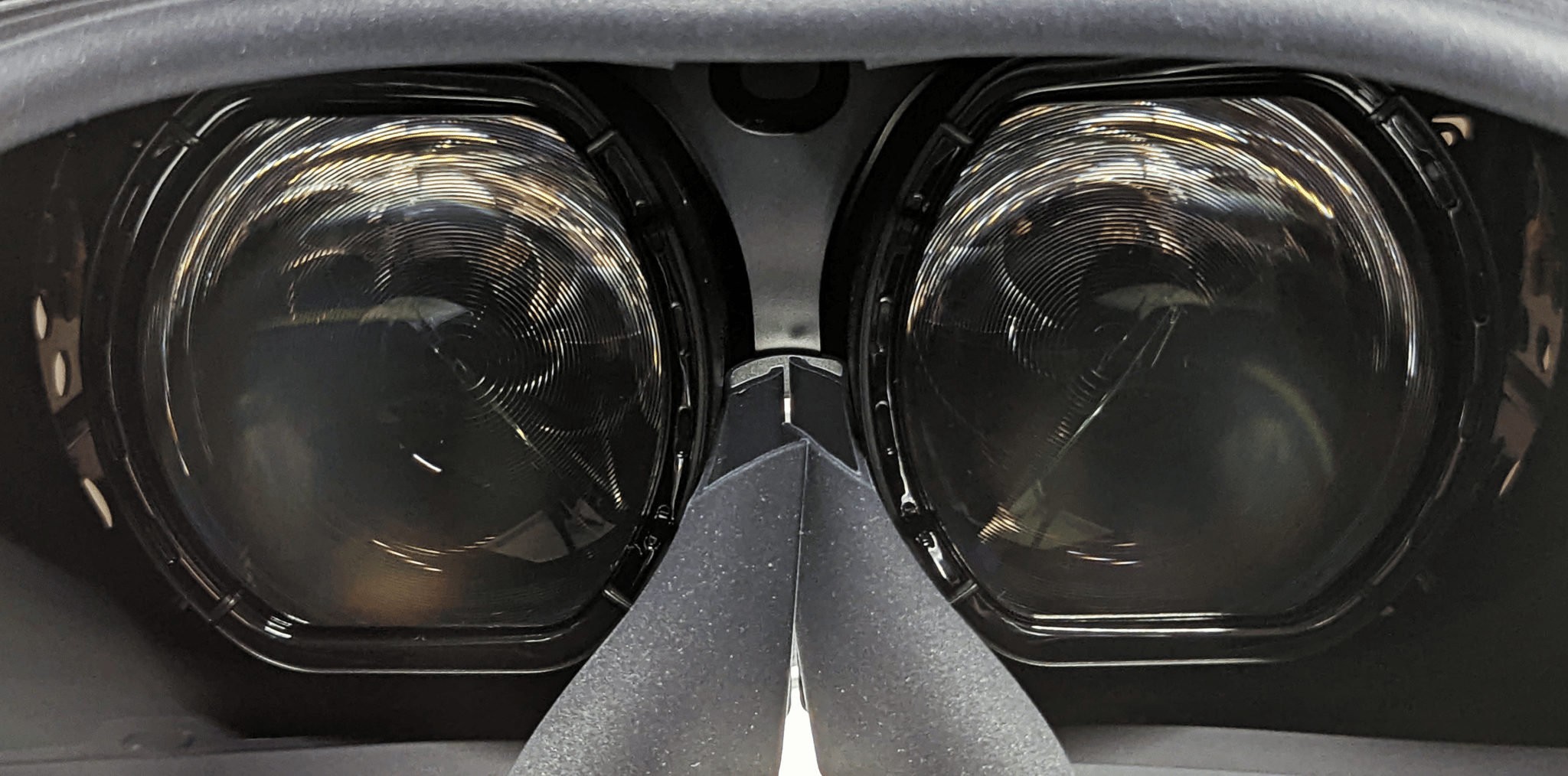
I suspect Sony stuck with fresnel because they wanted to keep using OLED at all costs. While there are plenty of LCDs suitable for pancake lenses, it may not have been possible to affordably mass-produce OLED panels with the required density to be small enough. Further, OLED panels are typically less bright than LCD, so getting a panel bright enough to overcome the low efficiency of pancake lenses may not have been possible either.
PSVR 2 has eye relief adjustment, meaning you can adjust how close the lenses actually are from your eyes. The closer you bring them the larger the field of view, but the harder the padding will push into your face. When you bring the lenses as close as possible the field of view is impressively immersive, noticeably taller than Quest, but that can come at the cost of comfort.
Separation adjustment is the another lens control, and wasn’t present on the original PSVR. This allows you to align the PSVR 2 lenses horizontally with your eyes, as everyone’s eyes are a slightly different distance apart. Given the sweet spot this was a crucial addition and should make PSVR 2 suitable for a wide range of people.
Reprojection Blur
PSVR 2 has three modes for developers to choose from: native 120Hz, native 90Hz, and a third that reprojects 60FPS rendering to 120Hz output.
The reprojection mode is the easiest to achieve, as it only requires 60 frames per second. It enables titles like Horizon Call Of The Mountain and Resident Evil 8 to offer modern AAA graphics. But it has a horrible, incredibly noticeable side effect. Some call it double imaging, while others call it ghosting.
When moving your head around, you’ll notice a motion blur along the edges of every object, and you’ll notice the same on your hands when moving them too. When I first tried PSVR 2 I thought this was a glitch with the game or the unit, so actually asked for it to be rebooted to see if it would be solved. I was shocked to discover it was normal.
Graphically simpler games use the native display modes, completely avoiding this issue. They play as smooth as butter and make you long to have the same feeling in the likes of Horizon.
It’s perhaps possible that Sony can improve its projection algorithm in a software update to improve this, as neither Valve’s Motion Smoothing nor Meta’s SpaceWarp are anywhere near as bad as PSVR2’s reprojection. If that’s not possible, I’d love to see developers of high fidelity titles offer a graphically inferior “performance mode”, as I’d choose it every time in a heartbeat.
Tracking & Passthrough
PSVR 2 ditches the clunky and limited camera bar tracking of its predecessor for onboard inside-out tracking via four cameras, Quest-style. You no longer have to worry about facing the TV or staying within a limited tracking volume, as you now have the freedom to move where you like.
![]()
The headset tracking doesn’t have any constant jitter, no matter the environment, but it frequently exhibits minor shifting into position when in anything but ideal conditions, as if to correct itself. This is particularly apparent near strong artificial or natural light sources, such as a window or PC monitor. This was something I noticed in my September hands-on too, so it’s worrying to see it hasn’t been improved on yet.
The controller tracking on the other hand is essentially flawless for me. Whether I was reaching behind my back, moving them rapidly, or even occluding one controller with the other, it just didn’t matter. I’m confident these controllers can handle any VR game Quest 2 can. The impressive performance is probably thanks to the sheer size of the controllers and thus their infrared LED rings. They’re bigger in real life than they appear in images.
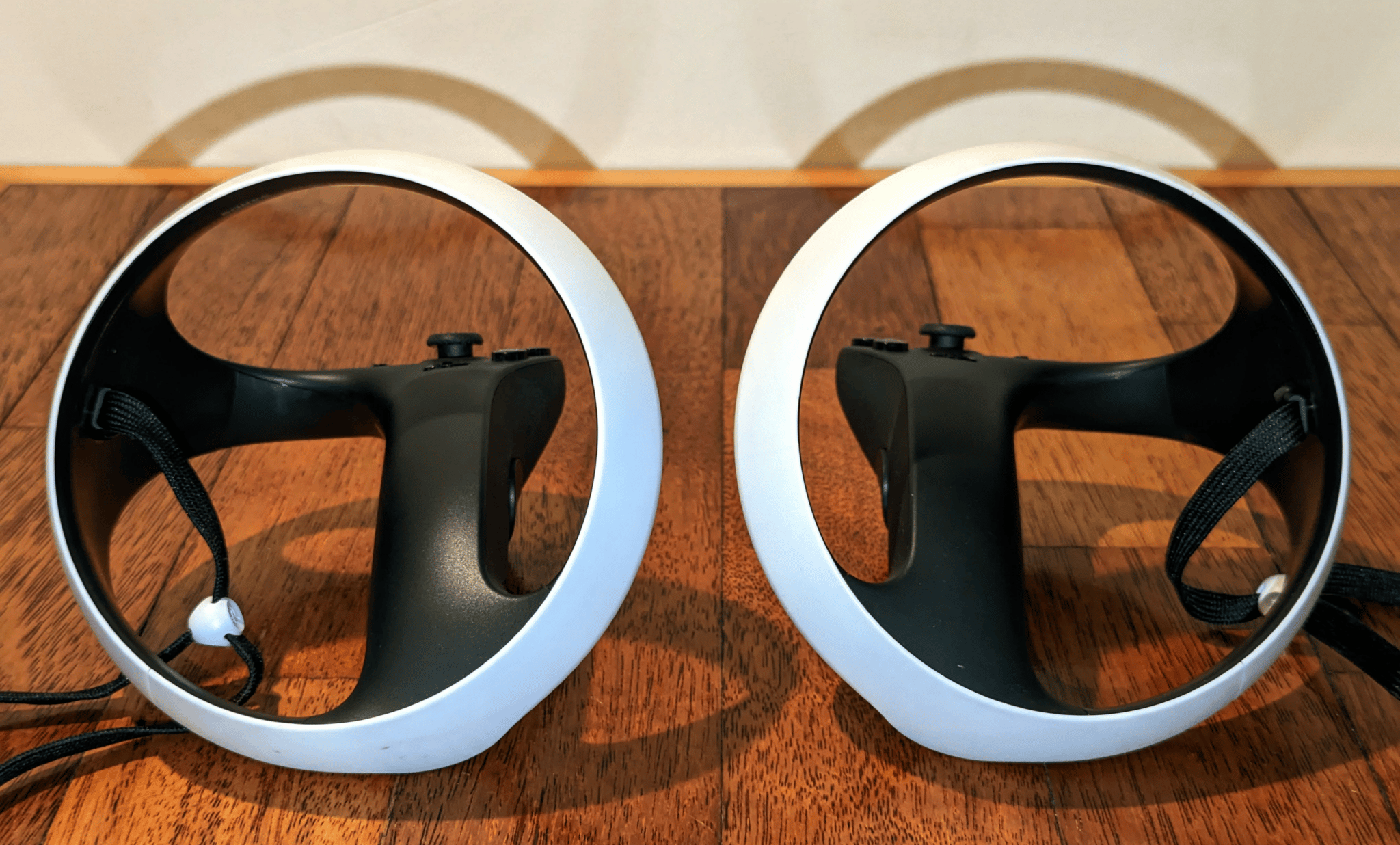
The same onboard cameras are also used to show you the real world, for setup or when you just need to see your surroundings. It’s black and white like Quest 2, but significantly higher resolution, sharp enough to make out small details. However, it’s clearly not perspective-correct. There is distortion over the entire view, and walking around the room in it made me feel queasy. Sony isn’t pitching this as a mixed reality headset though, so that’s not a big deal.
Performance & Foveated Rendering
Performance in VR isn’t akin to regular gaming. Outside of VR, dipping below the target framerate is a minor annoyance, but in VR dropping even a few frames makes people feel physically sick and appears as if the entire virtual world around you is juddering.
On PC-based VR platforms, the wide range of different PC components and background services mean you can never be sure what kind of performance you’ll get. Ensuring a smooth experience requires a lot of manual tweaking of settings and resolution.
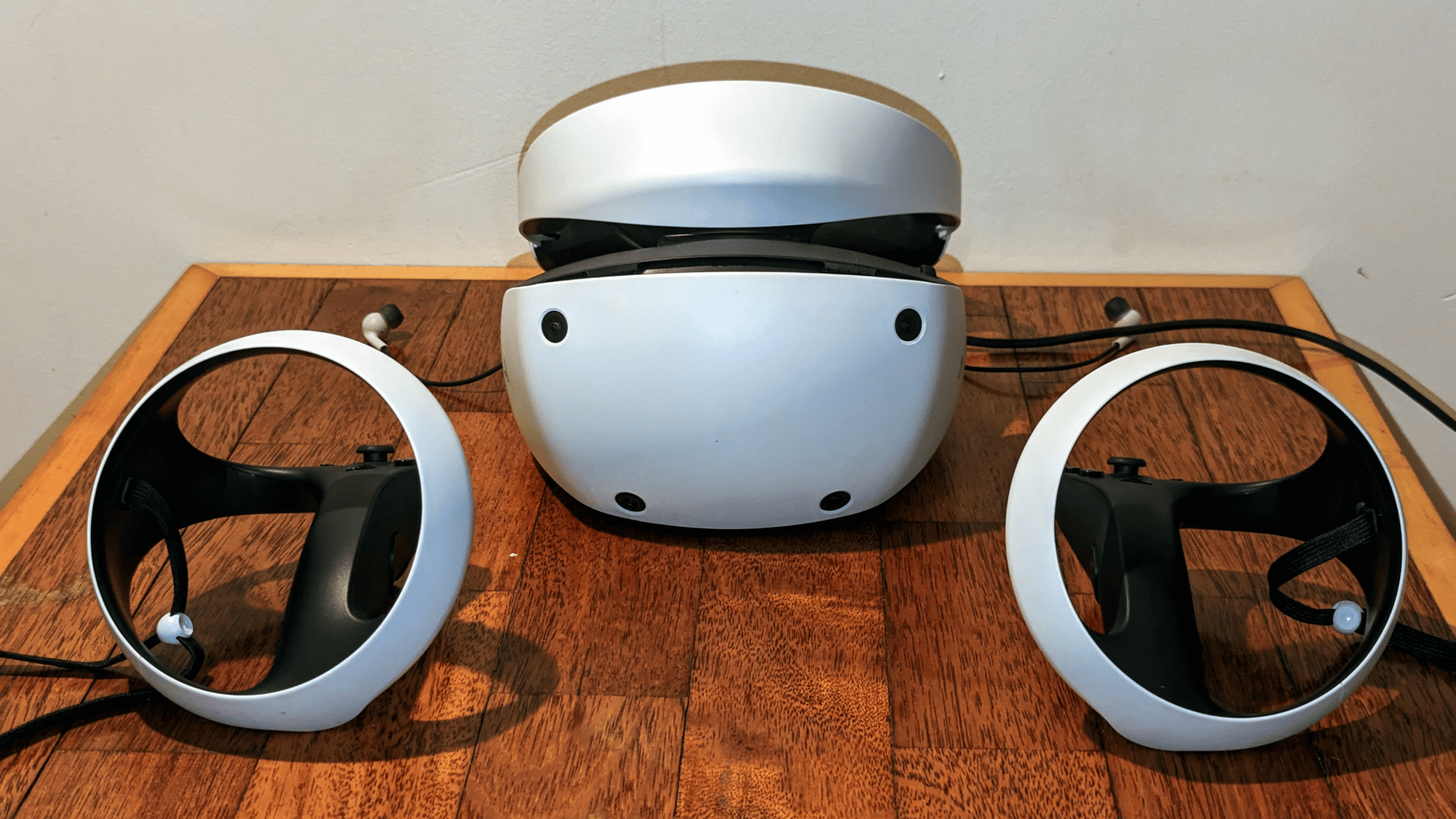
One of the best things about PlayStation VR is that performance is far more stable and consistent than on any other VR platform, with no tweaking or experimenting required. The console situation of developers targeting known hardware and tightly optimizing around it to maintain performance is ideal for VR. This is also theoretically the case for Quest and Pico, but in practice their mobile processors mean that sometimes dropping frames is simply unavoidable, no matter how hard the developer tries to avoid it.
The PlayStation 5, on the other hand, has sufficient horsepower that I saw almost no frame drops in any of the games I tried. This is probably helped by foveated rendering, but even when I disabled eye tracking it didn’t affect performance – though it did appear to lower the visible resolution.
Conclusion
PSVR 2 is an OLED-at-all-costs headset. That brings truly breathtaking colors and stunning contrast, but comes at the cost of a soft and noisy image. The lenses provide an immersive field of view, but don’t match up to the clarity and sweet spot of recent pancake headsets. Controller tracking is excellent, but head tracking still has some issues. This is an impressive piece of techology, but there are some notable flaws.



